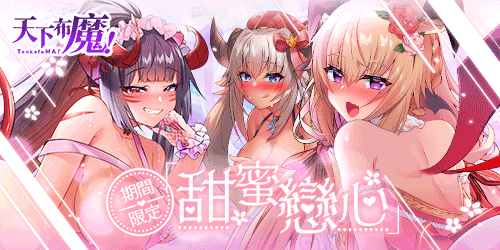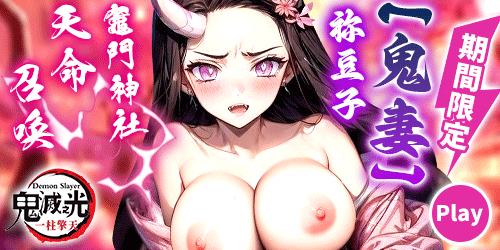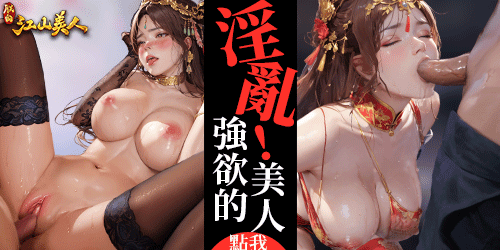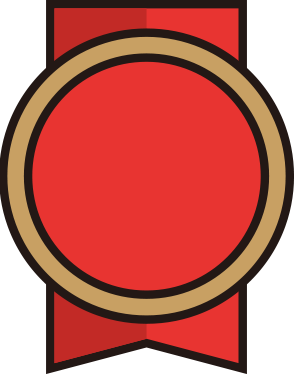I Paid Japanese People to Make Origami in the Street [JP Subs]
SRT: https://drive.google.com/file/d/17_oqMF5wH1ikkcEkQFRVimZb-FEe2Glx/view?usp=sharing
Important Vocabulary in this Video (EN):
折る (おる | Oru) – To fold; to bend. Frequently used in the context of origami, such as folding cranes or other shapes like helmets and frogs.
保育園 (ほいくえん | Hoikuen) – Nursery school; daycare center. Mentioned when discussing origami activities done with children at daycare, emphasizing its role in early education.
器用 (きよう | Kiyō) – Dexterity; skillfulness; cleverness. Highlighted as a benefit of origami, particularly for children, to develop fine motor skills and hand coordination.
いてる (いてる | Iteru) – To be alive; to exist. (Kansai dialect for standard "いる"). Used casually in conversations to describe the presence or existence of people, such as origami practitioners.
象徴 (しょうちょう | Shōchō) – Symbol; emblem; representation. Often associated with origami cranes as a symbol of peace, especially in contexts like Hiroshima’s Peace Memorial Park.
兜 (かぶと | Kabuto) – Helmet; kabuto (traditional Japanese helmet). Referenced as a popular origami shape, tied to Japan’s historical samurai culture.
種類 (しゅるい | Shurui) – Kind; type; variety; category. Used when discussing the different types of origami shapes one can fold, such as cranes or helmets.
以来 (いらい | Irai) – Since; henceforth. Appears in conversations about the last time someone folded origami, often indicating a long gap since childhood.
修学旅行 (しゅうがくりょこう | Shūgaku ryokō) – School trip; educational excursion. Mentioned in relation to folding cranes during school trips to Hiroshima to honor peace.
飾る (かざる | Kazaru) – To decorate; to adorn; to ornament. Used when describing the act of displaying origami cranes, such as at peace memorials, to beautify or commemorate.
Important Vocabulary in this Video (JP):
折る (おる) – 物を曲げて二つにすること。折り紙で鶴や兜、カエルなどを作る行為として、頻繁に使われる。
保育園 (ほいくえん) – 乳幼児を保育する施設。保育園での子供たちとの折り紙活動が話題に上がり、幼児教育での役割が強調される。
器用 (きよう) – 手先がうまく、物事を上手にこなすこと。折り紙が子供の手先の器用さを育てる利点として言及される。
いてる (いてる) – 生きている。存在する。(関西弁で「いる」に相当)。折り紙をする人の存在をカジュアルに表現するために使われる。
象徴 (しょうちょう) – ある事物を他の事物で表すこと。また、そのもの。折り鶴が平和の象徴として、広島の平和記念公園などで語られる。
兜 (かぶと) – 戦いで頭を守るための武具。折り紙の人気の形として、日本の侍文化と結びつけて言及される。
種類 (しゅるい) – 物事の類別。種別。鶴や兜など、折り紙で折れるさまざまな形の種類について話す際に使われる。
以来 (いらい) – ある時から以後。折り紙を最後に折った時期について話す際、子供時代以来の長い間隔を示す。
修学旅行 (しゅうがくりょこう) – 学校が生徒を引率して行う旅行。広島への修学旅行で鶴を折り、平和を願う活動として言及される。
飾る (かざる) – 物を美しく見せるために付けること。平和記念碑などで折り鶴を飾る行為を表現し、記念や美化のために使われる。



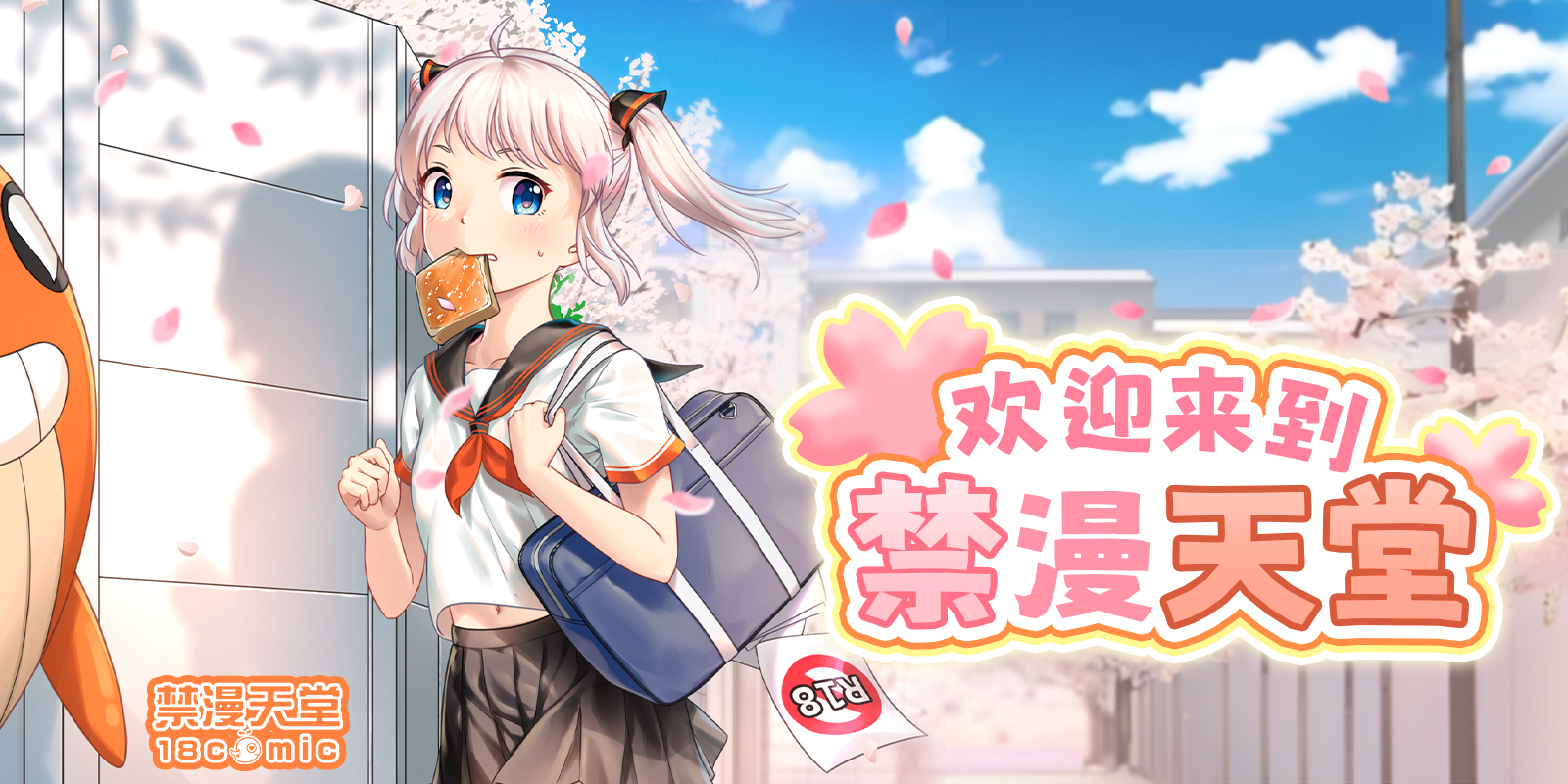


.gif)
.gif)

.gif)
.gif)
.gif)
_1064.gif)
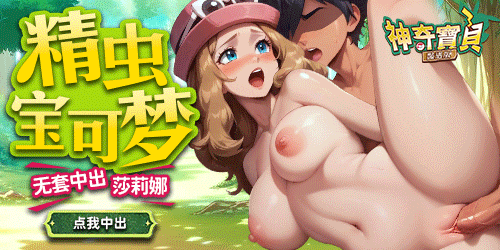
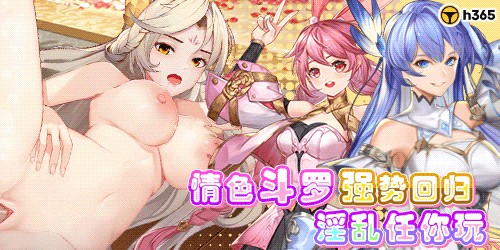
.gif)
.gif)
.gif)
.gif)
